Champagne blend
£35.75
– bottle
(75cl)
More sizes available
Add item
Berry Bros. & Rudd Champagne by Mailly, Grand Cru, Brut
White
Drink, at peak
Medium Bodied
Dry
12.0% Alcohol
Find out more
£49.00
– bottle
(75cl)
Add item
2016 Berry Bros. & Rudd Champagne by Mailly, Grand Cru, Extra Brut
White
2016
Drink, at peak
Medium Bodied
Dry
12.0% Alcohol
Find out more
£55.00
– bottle
(75cl)
Add item
Berry Bros. & Rudd Rosé by Champagne Leclerc Briant, Extra Brut
Rosé
Drink, at peak
Medium Bodied
Dry
12.0% Alcohol
Find out more
£34.00
– bottle
(75cl)
Add item
Hambledon, Classic Cuvée, Sparkling, Hampshire, England
White
Drink, at peak
Medium Bodied
Dry
12.0% Alcohol
Find out more
£37.00
– bottle
(75cl)
Add item
Hambledon, Classic Cuvée Rosé, Sparkling, Hampshire, England
Rosé
Drink, at peak
Medium Bodied
Dry
12.0% Alcohol
Find out more
£72.75
– bottle
(75cl)
More sizes available
Add item
£38.00
– bottle
(75cl)
Add item
Nyetimber, Classic Cuvée, Brut, Sussex, England
White
Drink, at peak
Medium Bodied
Dry
12.0% Alcohol
Find out more
£46.00
– bottle
(75cl)
More sizes available
Add item
Champagne Billecart-Salmon, Réserve, Brut
White
Drink, at peak
Medium Bodied
Dry
12.0% Alcohol
Find out more
£49.75
– bottle
(75cl)
Add item
Champagne Gosset, Grande Réserve, Brut
White
Drink, at peak
Full Bodied
Dry
12.0% Alcohol
Find out more
£50.00
– bottle
(75cl)
More sizes available
Add item
£52.00
– bottle
(75cl)
Add item
Champagne Domaine Nowack, Sans Année, Autre Cru, Extra Brut (Base 2020)
White
1000
Drink, at peak
Medium Bodied
Very Dry
12.0% Alcohol
Find out more
£52.00
– bottle
(75cl)
Add item
Champagne Chartogne-Taillet, Sainte Anne, Brut
White
Drink, youthful
Medium Bodied
Dry
12.5% Alcohol
Find out more
£53.00
– bottle
(75cl)
More sizes available
Add item
Champagne Pol Roger, Réserve, Brut
White
Drink, at peak
Medium Bodied
Dry
12.5% Alcohol
Find out more
£55.00
– bottle
(75cl)
Add item
Hambledon, Première Cuvée, Sparkling, Hampshire, England
White
Drink, at peak
Medium Bodied
Dry
12.0% Alcohol
Find out more
£55.00
– bottle
(75cl)
Add item
Champagne Leclerc Briant, Rosé, Extra Brut
Rosé
Drink up
Full Bodied
Dry
12.0% Alcohol
Find out more
£56.00
– bottle
(75cl)
More sizes available
Add item
Champagne Bollinger, Special Cuvée, Brut
White
Drink, at peak
Full Bodied
Dry
12.0% Alcohol
Find out more
£57.75
– bottle
(75cl)
Add item
Champagne Gosset, Grand Rosé, Brut
Rosé
Drink, at peak
Medium Bodied
Dry
12.0% Alcohol
Find out more
£58.00
– bottle
(75cl)
Add item
Champagne Louis Roederer, Collection 244, Brut
White
Drink, at peak
Full Bodied
Dry
12.5% Alcohol
Find out more
£62.00
– bottle
(75cl)
Add item
£64.00
– bottle
(75cl)
Add item
Champagne Penet-Chardonnet, Terroir & Sens, Grand Cru, Extra Brut
White
Drink, youthful
Medium Bodied
Dry
12.0% Alcohol
Find out more
£66.75
– bottle
(75cl)
Add item
2015 Champagne Louis Roederer, Rosé, Brut
Rosé
2015
Drink, youthful
Full Bodied
Dry
12.0% Alcohol
Find out more
£68.00
– bottle
(75cl)
Add item
2014 Champagne Louis Roederer, Brut
White
2014
Drink, youthful
Full Bodied
Dry
12.0% Alcohol
Find out more
£70.00
– bottle
(75cl)
Add item
2018 Champagne Leclerc Briant, Millésime, Extra Brut
White
2018
Drink, at peak
Full Bodied
Dry
12.5% Alcohol
Find out more
£74.75
– bottle
(75cl)
Add item
2015 Champagne Gosset, Grand Millésime, Brut
White
2015
Drink, at peak
Medium Bodied
Dry
12.0% Alcohol
Find out more
£75.00
– bottle
(75cl)
Add item
£75.00
– bottle
(75cl)
Add item
Hambledon, Première Cuvée Rosé, Sparkling, Hampshire, England
Rosé
Drink, at peak
Medium Bodied
Dry
12.0% Alcohol
Find out more
£75.00
– bottle
(75cl)
More sizes available
Add item
Champagne A. Lamblot, Mouvance, Brut Nature (Base 2017)
White
Drink, youthful
Full Bodied
Dry
12.0% Alcohol
Find out more
£75.75
– bottle
(75cl)
Add item
2014 Champagne Louis Roederer, Rosé, Brut
Rosé
2014
Drink, at peak
Full Bodied
Dry
12.0% Alcohol
Find out more
£82.75
– bottle
(75cl)
Add item
2010 Champagne Fleury, Millésimé, Extra Brut
White
2010
Drink, at peak
Medium Bodied
Dry
12.0% Alcohol
Find out more
£87.00
– bottle
(75cl)
Add item
Champagne A. Lamblot, Intuition, Brut Nature
White
Drink, youthful
Full Bodied
Dry
12.0% Alcohol
Find out more


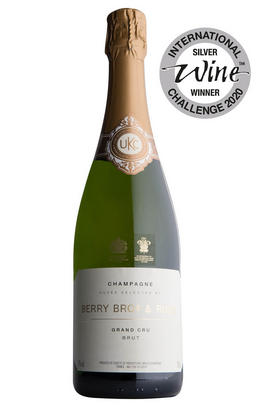
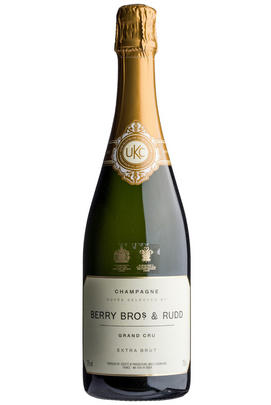
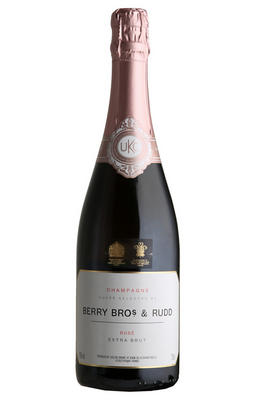
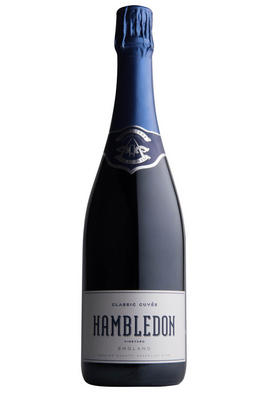
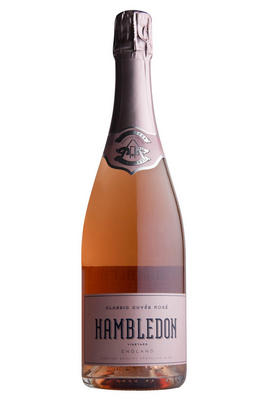
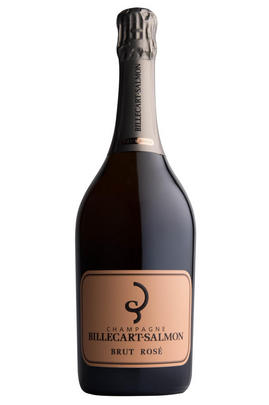
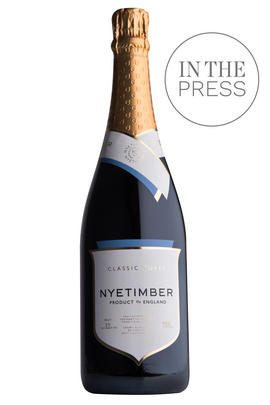
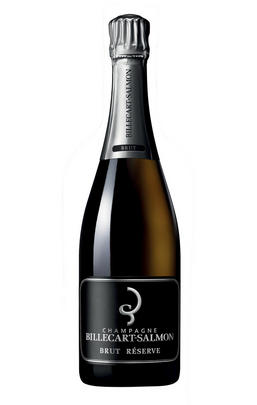
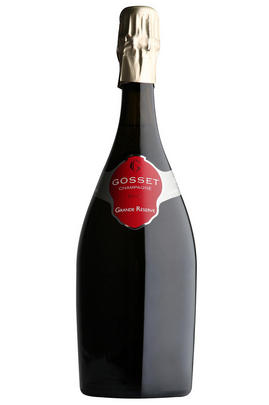
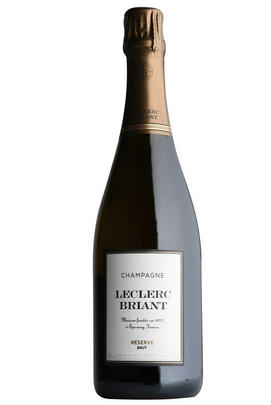
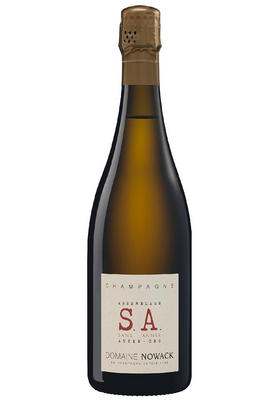
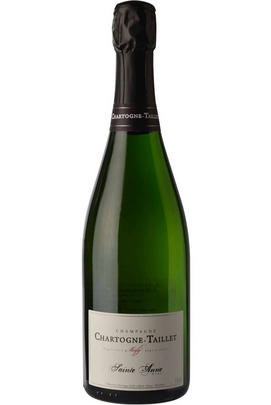
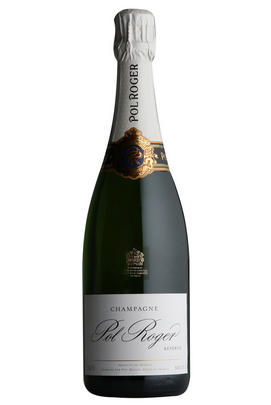

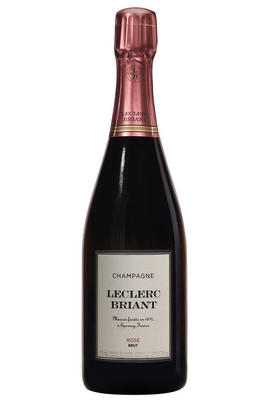
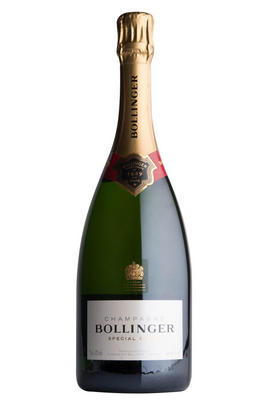
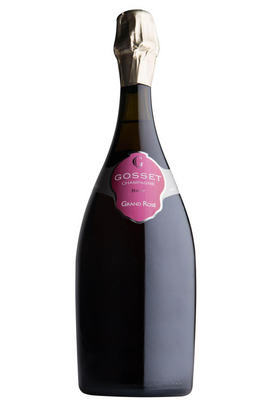
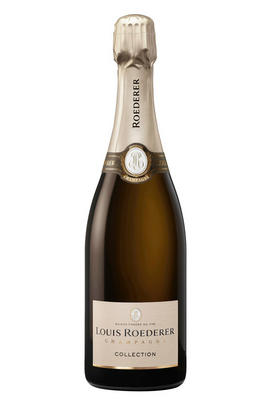
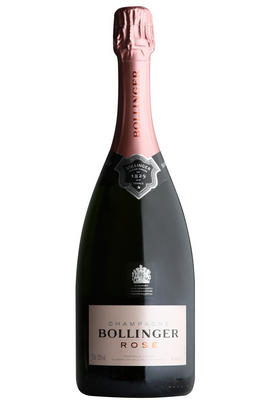
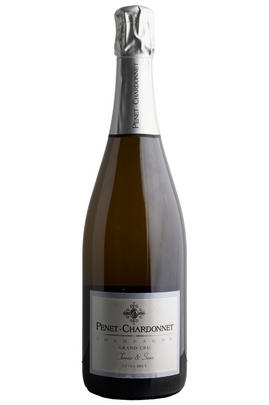
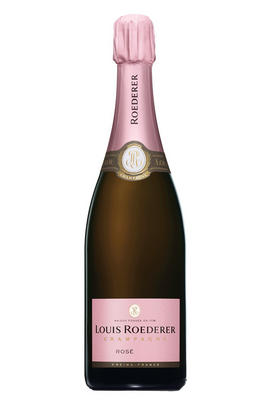
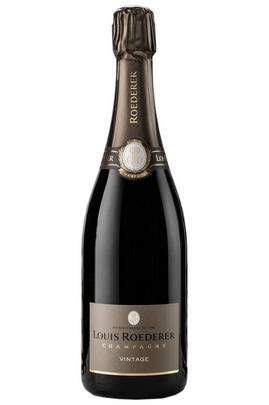
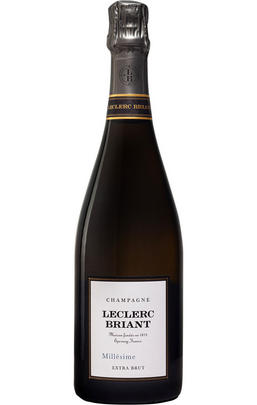
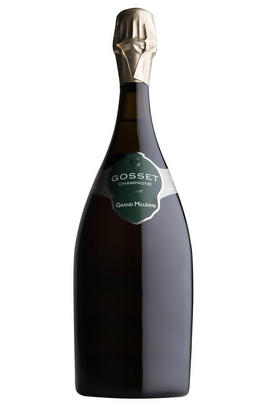
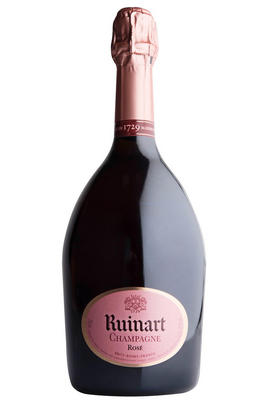
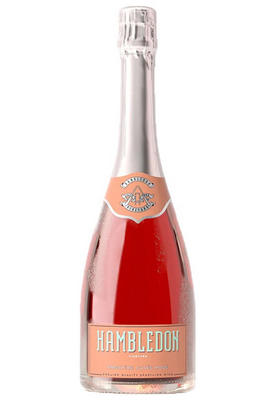

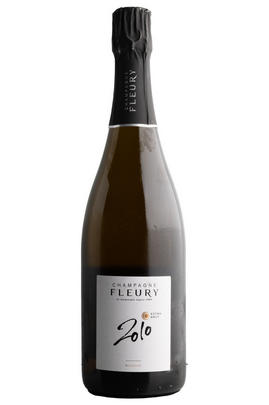

Which grapes are included in the blend, and their proportion, is one of the key factors determining the style of most Champagnes. Three grapes are used - Pinot Noir, Chardonnay and Pinot Meunier.
26% of vineyards in Champagne are planted with Chardonnay and it performs best on the Côtes des Blancs and on the chalk slopes south of Epernay. It is relatively simple to grow, although it buds early and thus is susceptible to spring frosts. It produces lighter, fresher wines than those from Burgundy and gives finesse, fruit and elegance to the final blend. It is the sole grape in Blancs de Blancs, which are some of the richest long-lived Champagnes produced.
Pinot Noir accounts for nearly 40% of the plantings in Champagne and lies at the heart of most blends - it gives Champagne its body, structure, strength and grip. It is planted across Champagne and particularly so in the southern Aube district.
The final component is Pinot Meunier and this constitutes nearly 35% of the plantings. Its durability and resistance to spring frosts make the Marne Valley, a notorious frost pocket, its natural home. It ripens well in poor years and produces a soft, fruity style of wine that is ideal for blending with the more assertive flavours of Pinot Noir. Producers allege that Pinot Meunier lacks ageing potential, but this does not deter Krug from including around 15% of it in their final blends.